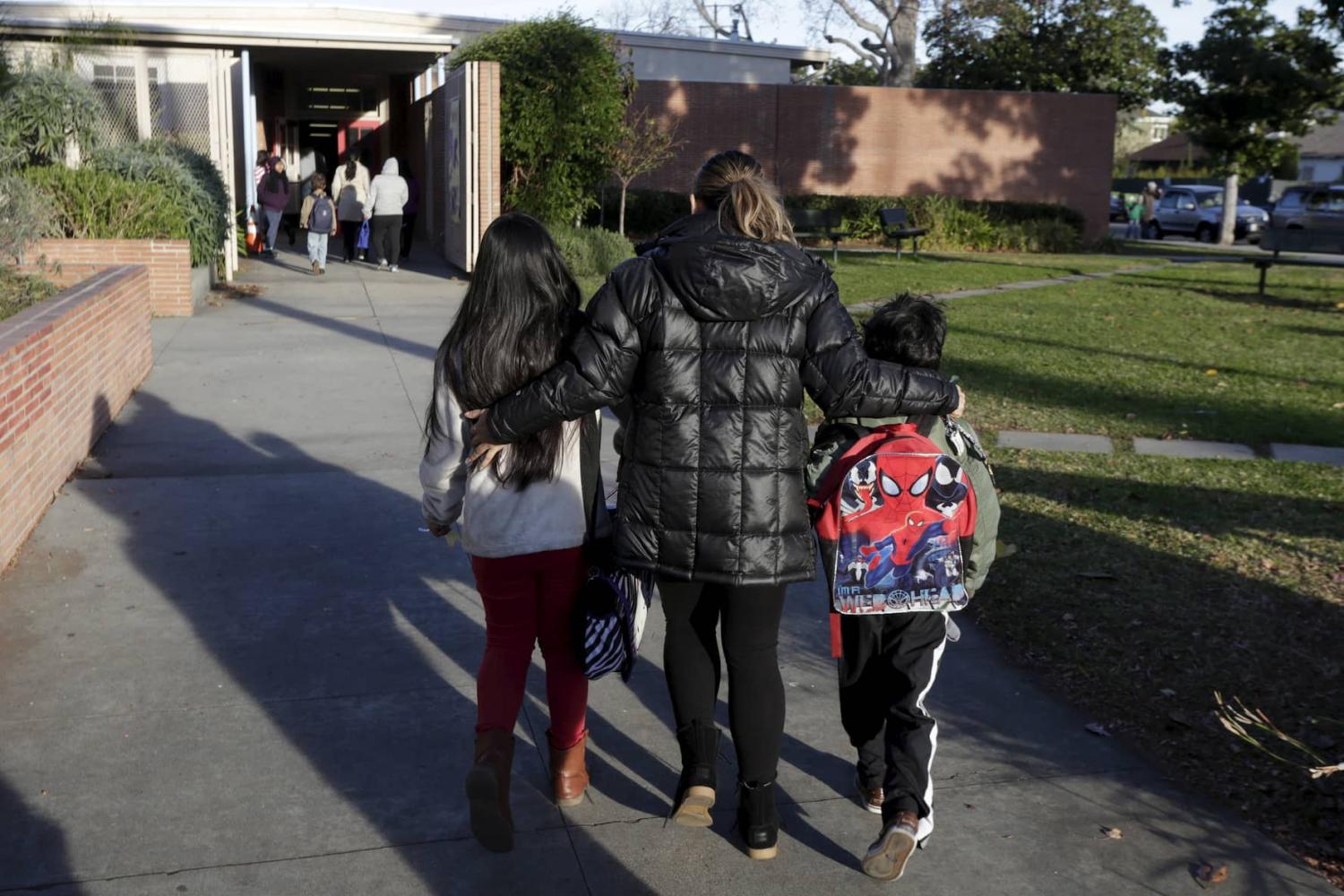During the last several decades, gentrification has reshaped neighborhoods across the United States. Although the term “gentrification” has been defined in different ways, there is general consensus that gentrification typically refers to an increase in the affluence of a neighborhood and is accompanied by increased housing values. Gentrification is also often accompanied by changes in the demographic composition of a neighborhood, ushering higher-income residents into historically lower-income neighborhoods; this process may also include racial change, with more white residents moving into neighborhoods that were historically communities of color.
Gentrification is controversial. It is often associated with the displacement of low-income residents of color, cultural shifts in the neighborhood, and the dilution of social, economic, and political power for residents of color. On the other hand, gentrification brings new resources into communities that experienced historic disinvestment, offering greater access to well-resourced public amenities such as parks, libraries, and schools.
In recent years, education scholars have begun to explore the relationship between gentrification and schools. As neighborhood gentrification occurs, there is an opportunity for segregated schools to desegregate; although, there is no guarantee that desegregation will occur. Similar to the neighborhoods in which they are located, schools in gentrifying neighborhoods may experience demographic change, with more middle-class white students enrolling in the schools (though school demographic change often occurs at a slower pace than the demographic change in the surrounding neighborhood). Other scholars have found that schools in gentrifying neighborhoods may experience enrollment declines, or a large gap forms between neighborhood and school demographics. The presence of charter schools in gentrifying neighborhoods is also an important factor, as charters can serve as alternative options for gentrifier parents. Thus, it is theoretically ambiguous what neighborhood gentrification means for local public schools.
Determining the extent to which desegregation occurs in gentrifying neighborhoods is critical, given the decades of social science research demonstrating that desegregated schools have numerous academic and non-academic short- and long-term benefits for students of all racial backgrounds. In this post, we summarize our recent research exploring the relationships between gentrification and elementary school desegregation in three California cities. We also outline the types of housing and education policies necessary to promote school desegregation in gentrifying neighborhoods.
Our study of gentrification and school desegregation in California
In our recent study, we explored the relationship between gentrification and elementary school desegregation in three California cities (Los Angeles, Oakland, and San Diego) between 2000 to 2019. California was an ideal site for this analysis because it is the nation’s most populous state and is also home to a very diverse population in which no single racial group comprises a majority of the population. In addition, California’s severe housing shortage, resulting from decades of policy failures, poses a significant challenge that is increasingly relevant to many other parts of the nation that have long taken housing affordability for granted. We focused on elementary schools because their school attendance zones tend to be smaller and more closely aligned with neighborhoods; elementary schools also tend to be more segregated than middle and high schools.
We defined gentrification as the transformation of neighborhoods through changes in housing stock and increases in educational attainment and household income. In our analysis of school segregation, we examined exposure—the amount of contact that the typical student from one group has with students of a different group—in both gentrified and non-gentrified areas. We also analyzed changes in the share of intensely segregated schools—schools that enroll 90% to 100% students of color—as well as the share of hyper-segregated schools—schools that enroll 99% to 100% students of color—in both gentrified and non-gentrified areas of each city.
In our study, we found that across the entire state of California, from 2000 to 2019, close to half of all low-socioeconomic status neighborhoods experienced gentrification. Neighborhoods that gentrified were more racially and economically diverse than neighborhoods that did not gentrify at the end of the time period. Consistent with our previous research on gentrification in other parts of the nation, demographic changes in California’s elementary schools were more modest than changes in neighborhoods over this time period.
As we focused our analysis on Los Angeles, Oakland, and San Diego, we found that the relationship between gentrification and elementary school desegregation varied in each of the three cities (Table 1). From 2000 to 2019, in elementary schools in gentrified neighborhoods of Los Angeles and Oakland, exposure to low-income students declined for all racial groups. Conversely, in San Diego, exposure to low-income students increased for all racial groups in both gentrified and non-gentrified areas. Trends in the share of intensely segregated and hyper-segregated schools also varied across the three cities. In Los Angeles, the share of intensely segregated schools increased while the share of hyper-segregated schools decreased across all areas of the city. However, in Oakland, the share of intensely segregated schools decreased in gentrified areas while increasing in non-gentrified areas. In San Diego, the share of intensely segregated schools remained stable in gentrified areas while decreasing in non-gentrified areas.
Across the state, California’s charter school sector was bifurcated, with some charters serving high proportions of students of color and others serving high concentrations of white students. Although the charter sector grew across each of the cities, gentrifying areas had a larger share of charter schools nearby than did non-gentrifying areas.
These results indicate that the way gentrification shapes school desegregation depends on a variety of factors related to the local context. Segregation trends varied across cities, as did any associations with gentrification. Our findings suggest that gentrification was not meaningfully associated with segregation in Los Angeles but appeared to offset worsening segregation in Oakland, while the opposite was true in San Diego. It is possible that differences in the relationship between gentrification and school desegregation across the three cities are related to variations in local housing dynamics, student assignment policy, the local supply of charter schools, access to transportation, and residents’ socio-demographic composition.
The need for education and housing policy
Though more research on when neighborhood gentrification leads to school desegregation is needed, it is clear from our work and other research that states and cities need more explicit policies aimed at promoting equitable neighborhood and school outcomes in gentrifying neighborhoods. Therefore, we recommend the following education policies:
- To facilitate school desegregation, develop controlled choice student assignment policies in which school districts assign students to schools based on their families’ preferences and with diversity goals in mind.
- To encourage enrollment in the local neighborhood schools, develop school programs that are attractive to existing residents as well as gentrifier families. Such programs could include magnets (e.g., dual-language immersion, science technology engineering and mathematics), extracurricular activities, before-school and after-school care, and free public preschool.
- Revise charter school policy so that it is more supportive of desegregation. For example, in the authorization and reauthorization processes, charter schools could be required to have diversity goals and to describe the strategies they are using to reach those goals. Charters could also be required to provide free and accessible transportation as well as free or reduced-priced meals.
- Finally, attend not only to the desegregation of schools in gentrifying neighborhoods (that is, the enrollment of students from different racial and socioeconomic backgrounds), but also to the integration of students within those schools (that is, ensure that students from different backgrounds have access to, for example, culturally sustaining curriculum, teachers from diverse backgrounds, and authentic, meaningful, equal-status interactions with one another) such that low-income students of color are not systematically marginalized in racially and socioeconomically desegregated schools.
Alongside these education-focused recommendations, we recommend the following housing policies:
- To increase affordable housing, adopt inclusionary zoning policies that incentivize real estate developers (e.g. density bonuses, easing parking restrictions, expedited permitting, etc.) to designate a certain portion of housing units for low- and moderate-income residents.
- To minimize displacement of existing residents, adopt community preference policies that provide preference to existing residents when subsidized housing is built in their neighborhoods.
- Enact policies that protect existing residents from harassment and eviction.









